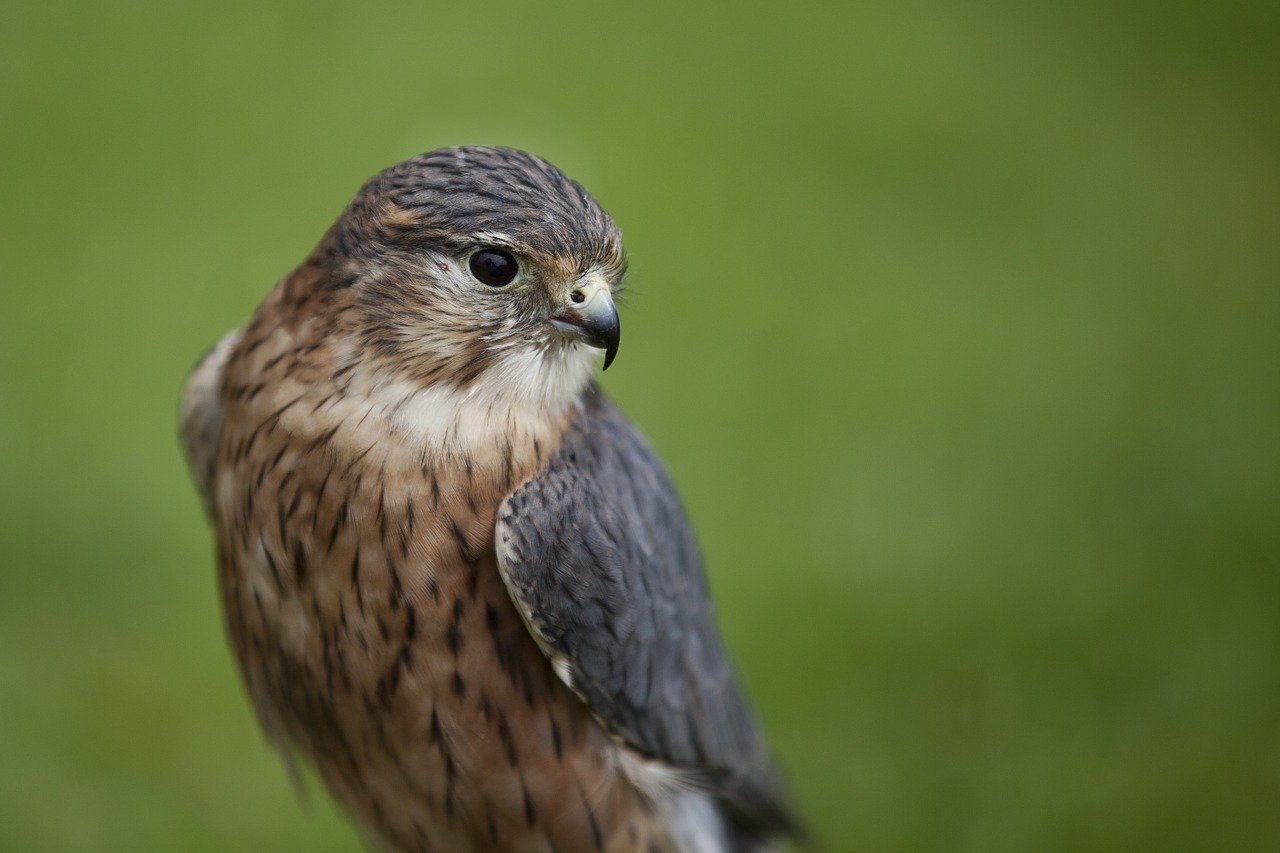The distribution of breeding Merlins Falco columbarius in relation to food and nest sites
DOI:
https://doi.org/10.34080/os.v4.23025Keywords:
nest site selection, breeding biology, interspecific interaction, predator-prey interaction, habitat selection, nest densityAbstract
This study deals with nest site selection and with the importance of food and nest sites as determinants of breeding density of Merlins Falco columbarius. Merlins preferred Hooded Crow Corvus corone comix nests less than 2 years old, which had not been used previously by Merlins. Artificial nests meeting these requirements were provided in a study area where the number of suitable nests for Merlins was low. Food abundance (number of passerines) was estimated in this area and in a control area where up to 15 Merlin pairs could breed. The number of breeding Merlin pairs did not increase in the nest provision area in relation to the number of nests provided. One possible reason was that the accessibility of prey was limited by snow, which was much more abundant in the nest provision area than in the control area. Therefore, we suggest that the density of breeding Merlins in this area was mainly determined by food particularly during the mating period.
Downloads

Downloads
Published
How to Cite
Issue
Section
License
The copyright of each contribution belongs to the author(s), but all contributions are published under a Creative Commons license, so that anyone is free to share and reuse the contribution as long as the copyright holder is attributed.







